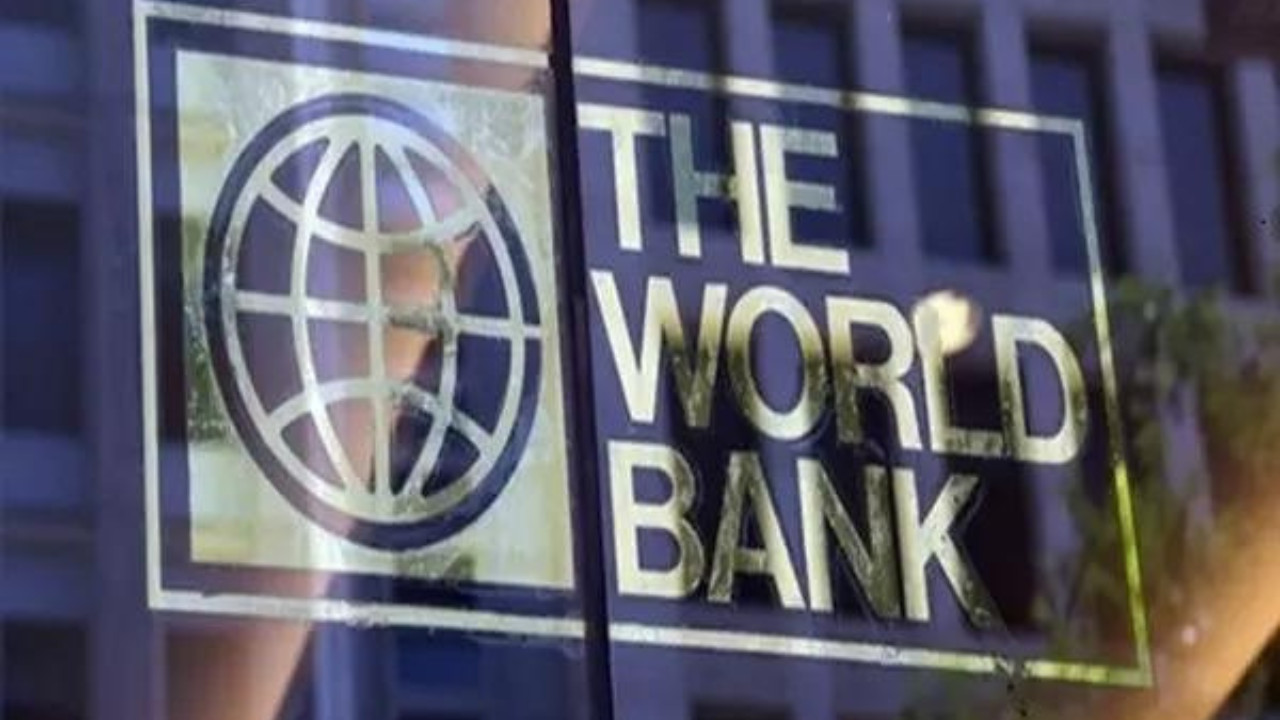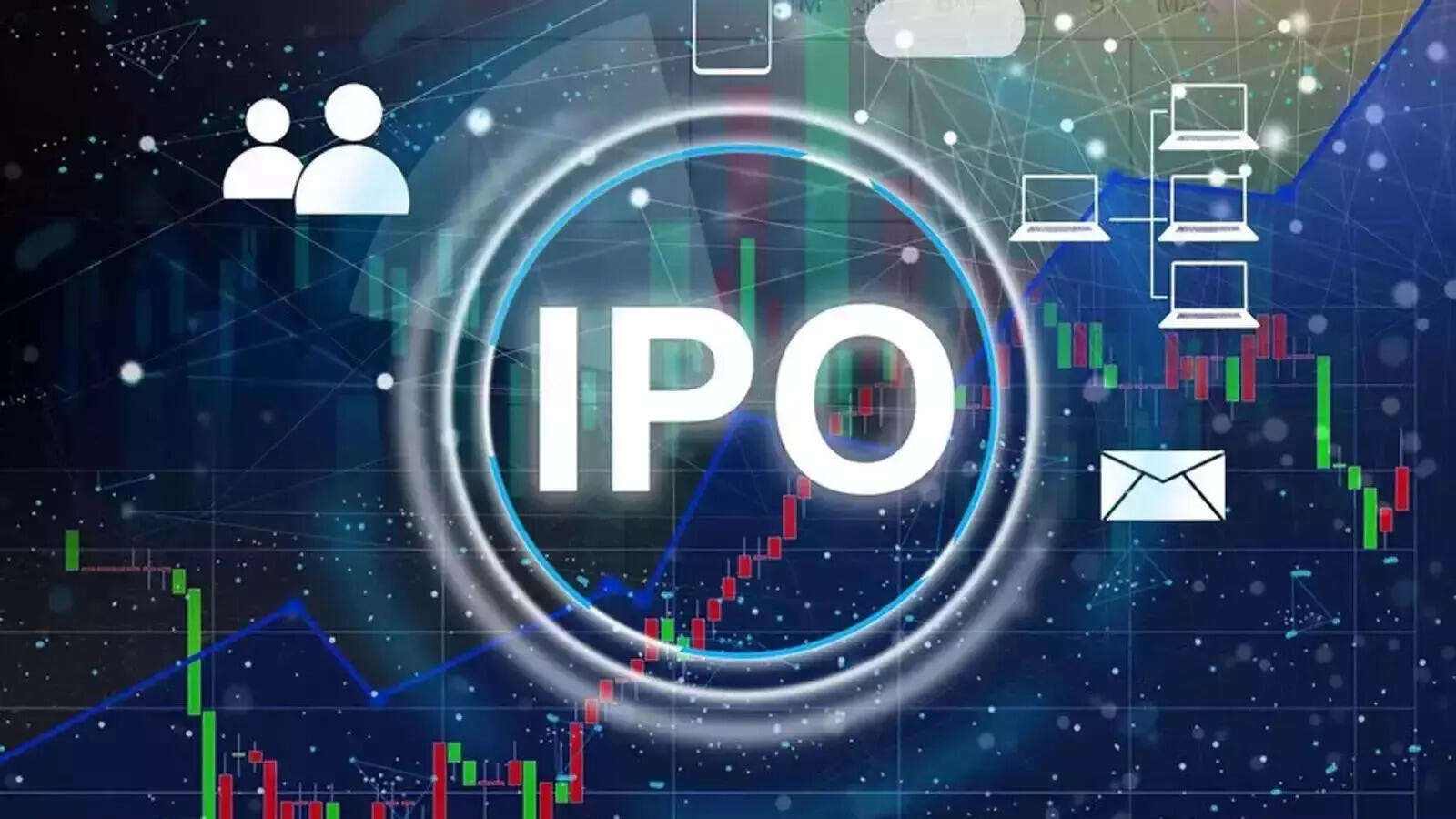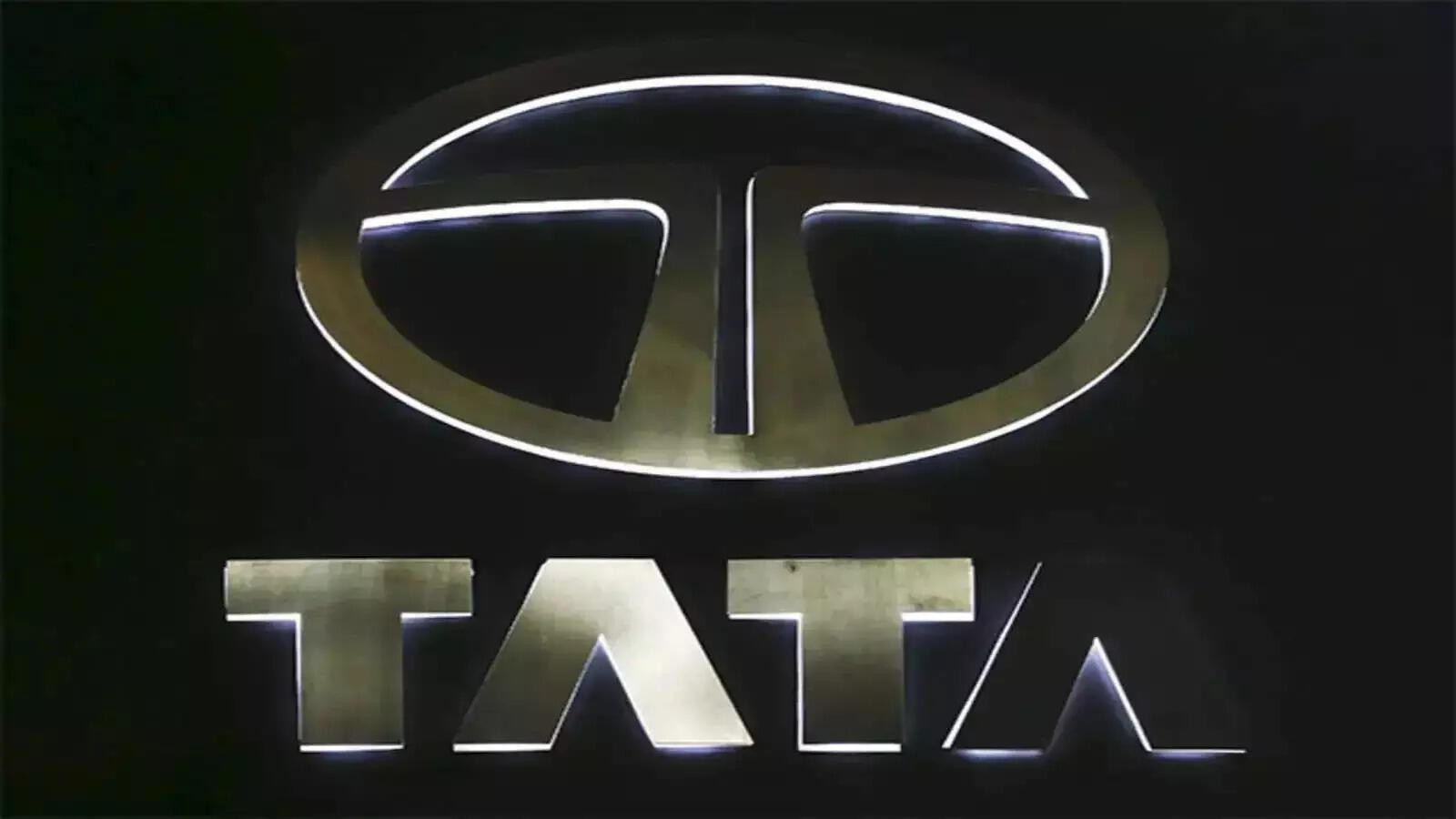The World Bank has revised India’s GDP growth forecast for the current fiscal year to 6.3%, citing weaker exports and slower investment growth. Despite this, India remains the fastest-growing major economy. Global growth projections have also been lowered, with calls for rebuilding trade relations and fiscal consolidation to boost economic activity.
India’s Growth Story: A Realistic Pause, or a Bigger Hiccup?
The World Bank just released its updated global economic outlook, and let’s just say the spotlight on India has dimmed slightly. They’ve nudged down their growth forecast for India from a previously optimistic 6.7% to a still-respectable, but definitely cooler, 6.3%.
Now, I’m no economist, but I do pay attention to the pulse of things. And this adjustment has me thinking – is this just a minor recalibration after a period of rapid expansion, or a sign of more fundamental shifts brewing beneath the surface?
For a long time, India’s been touted as the shining star in the global economy, a beacon of growth in an increasingly uncertain world. And for good reason! We’ve seen incredible strides in infrastructure, a burgeoning tech sector, and a massive demographic dividend waiting to be fully realized. That’s why earlier predictions were so buoyant.
But let’s be honest, no economic story is ever a straight line upwards. There are bound to be bumps, dips, and moments where the engine sputters a bit. This revised forecast suggests we might be hitting one of those moments.
So, what’s behind this adjustment? The World Bank points to a few key factors: lingering global headwinds, tighter monetary policy, and a slowdown in government consumption.
Think about it. The world economy is still grappling with the aftershocks of the pandemic, the ongoing conflict in Ukraine, and the persistent threat of inflation. These external pressures inevitably impact India, especially when it comes to trade and investment.
Then there’s the tightening of monetary policy. To combat inflation, the Reserve Bank of India (RBI) has been raising interest rates. While necessary to keep prices in check, higher interest rates can also dampen economic activity by making borrowing more expensive for businesses and consumers.
And finally, the government’s spending habits. After a period of aggressive fiscal stimulus to prop up the economy during the pandemic, government consumption is naturally moderating. This is a logical step towards fiscal consolidation, but it does mean a reduction in the overall demand in the economy.
Now, 6.3% growth is still nothing to scoff at. Many developed economies would be envious. But the trajectory is important. The real question is whether this dip represents a temporary slowdown or a more sustained deceleration.
What gives me pause is that other organizations are also hinting at a similar sentiment. The IMF recently released its own forecasts, and while they are slightly more optimistic than the World Bank’s, they too have acknowledged potential challenges.
So, where do we go from here? I believe the key lies in focusing on areas where India can truly leverage its strengths.
First, infrastructure development remains crucial. Investing in roads, railways, ports, and digital infrastructure can unlock significant productivity gains and create new opportunities for businesses and individuals.
Second, boosting manufacturing is essential. India has the potential to become a global manufacturing hub, but it needs to address issues such as land acquisition, labor regulations, and bureaucratic hurdles. The “Make in India” initiative has laid a strong foundation, but needs continued focus and innovative tweaks.
Third, skill development and education are paramount. To fully capitalize on its demographic dividend, India needs to invest in education and training programs that equip its workforce with the skills needed for the jobs of the future. We need to look beyond traditional academic models and focus on practical skills and vocational training.
Fourth, and perhaps most importantly, creating a more favorable investment climate is vital. This means simplifying regulations, reducing bureaucratic red tape, and ensuring a level playing field for all businesses. Investors, both domestic and foreign, need to have confidence in India’s long-term stability and predictability.
The good news is that India has a lot going for it. A young and dynamic population, a growing middle class, and a thriving entrepreneurial ecosystem are all powerful assets. But to unlock its full potential, India needs to address its challenges head-on and embrace bold reforms.
The World Bank’s revised forecast should serve as a wake-up call, a reminder that India’s growth story is not inevitable. It requires constant effort, smart policies, and a willingness to adapt to a changing global landscape. It’s not about panicking, but about acknowledging reality and making the necessary adjustments to stay on course. The narrative isn’t over, it’s just entering a new chapter. Let’s see what that chapter holds.
📬 Stay informed — follow us for more insightful updates!







